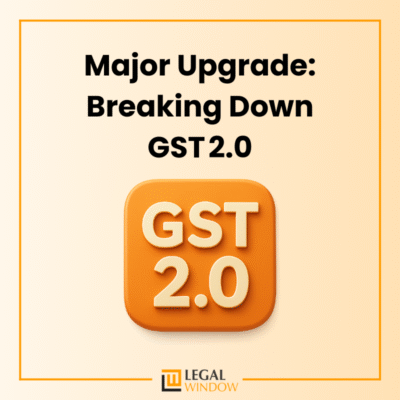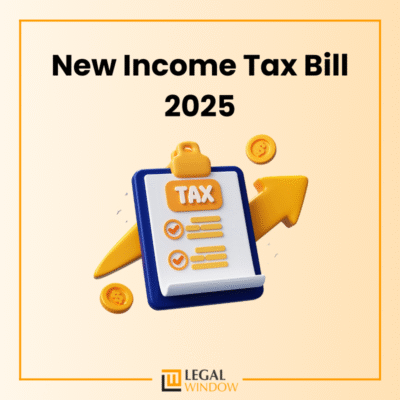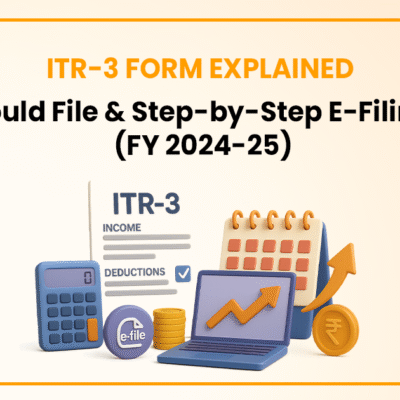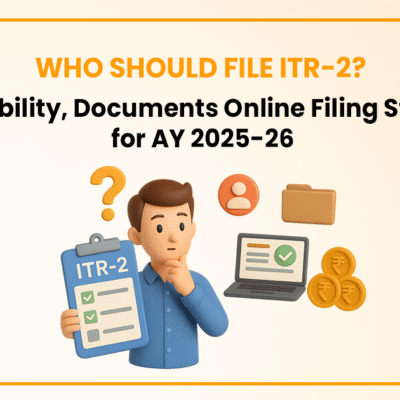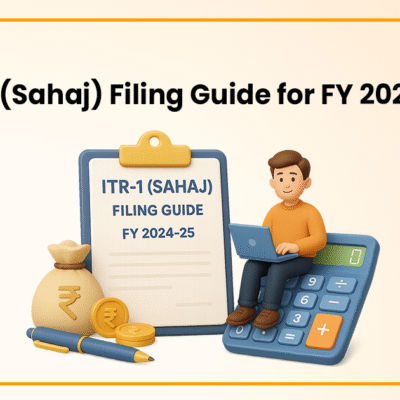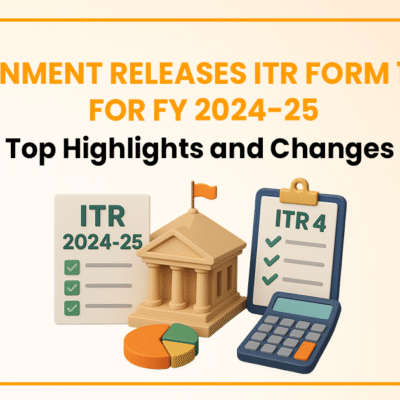
When someone applies for a new PAN Card, they must input an AO code in one section of the application. It is requested at the very top of the Pan Application form. The AO Code is made up of four parts: Area Code, AO Type, Range Code, and AO Number. The AO Code is intended to indicate the tax jurisdiction under which the application would fall. The acronym AO stands for Assessing Officer. In this Article we will discuss AO Code for PAN and TAN Application.
Key Abstract
The significance of an AO Code in defining jurisdiction is closely related to taxation, because these codes inform the proper authorities about whom tax laws apply to a person. If the individual is a resident of this nation, they may be required to pay taxes according to one set of laws, but if they are a company, the tax slabs and rules may be different. Such distinctions can exist amongst citizens as well, because the AO Code for individuals serving in the Army or the Air Force would differ.
Thus, the correct AO Code is required to guarantee that people and businesses are taxed in accordance with the applicable regulations.
What exactly is an AO?
A person assigned by the Income Tax Department to assess Income Tax Returns is known as an AO. If the officer discovers an error in the return, he has the ability to demand explanation from the assessee. Assessing Officers are appointed across the country, and their authority is specified by income tax ward/circle.
When applying for a PAN card online, applicants must provide the AO code in the form. The AO code is required for Income Tax assessment since it indicates which tax rules apply to a person and under whose jurisdiction the assessment will be covered.
Non-resident Indians must follow different tax regulations than residents. Income tax regulations differ for military members as well.
As a result, each category has a different Assessing Officer based on the type of applicant. As a result, the AO code guarantees that different persons and businesses are evaluated based on their entity type and by competent Assessing Officers.
What exactly is an AO Code?
The AO code is the code of the Assessing Officer, under whose authority the applicant’s ITR will fall. When applying for a PAN card, you must include this code in the form. Such applicants must provide the AO code in their application, which they can get from the Income Tax Office.
An AO Code’s Components
An AO Code is made up of the following elements:
- Area Code
- AO Type
- Range Code
- AO Number
Area Code: The Assessing Officer’s jurisdiction is defined by the Area Code.
AO Type: The Assessing Officer Kind is the type of Assessing Officer, such as Ward, Circle, Range, or Commissioner.
Range Code: The Assessing Officer’s range code is the code for the range in which he or she operates.
AO Number: The Assessing Officer is identified by an AO Number.
AO Code for PAN Card
Applicants can obtain their AO Code by contacting their local Income Tax Office. Alternatively, the AO Code can be obtained online. It is worth noting that the AO Code for a given PAN card bearer may change in the future due to Income Tax Department policy changes. To find out who the Assessing Officer is in your area, contact the local Income Tax Office.
Procedure for Locating the AO Code for a PAN Card and TAN Card
To obtain the AO Code while applying for a PAN card, perform the steps outlined below:
- To search the AO Code, go to NSDL’s PAN Portal by clicking here.
- Choose your city of residence.
- A list of AO codes in your city will appear.
- Select the relevant AO code based on the information provided and click the submit button.
How to Determine the Jurisdictional AO
To find out who the Assessing Officer is for your ITR, follow the steps outlined below:
- Click here to access the Income Tax Department’s PAN Portal.
- Enter your PAN and registered cellphone number, then click “Continue.”
- An OTP is sent to the number specified in the previous step. Enter the OTP and then press the “Validate” button.
- The information of your Jurisdictional AO will be presented on the screen.
Types of AO Codes
AO codes are classified into four kinds based on the type or area in which the company operates. Because the tax implications change for each kind, separate AOs are assigned the responsibility of ITR assessment based on the type of assessee. The following is a list of AO types:
- International Taxation – This category includes any entity asking for a PAN card, whether a foreigner or a firm not established in India.
- Non-International Taxation (Outside Mumbai) – This AO code will apply to firms registered everywhere in India other than Mumbai.
- Non-International Taxation (Mumbai Region) – This AO code applies to applicants who live in Mumbai or firms registered in Mumbai.
- Defence Personnel – This AO code applies to candidates who are members of the Indian Army or Air Force.
A.O. Code Selection Criteria for TAN
Applicants may use the AO Code Search to find their AO Code by following the criteria below:
- The applicant will look for their AO Code by selecting the city in where it files/plans to file its TDS Return.
- If the applicant knows its Ward/Circle/Range/Commissioner data, check for the specific Assessing Officer (AO) description in the ‘Ward/Circle/Range/Commissioner’ column. The Assessing Officer description can be received from the applicant’s prior return or from the local Income Tax Office.
- An applicant who does not know their Ward/Circle/Range/Commissioner data might provide the city where it files/intends to file its TDS return as the default AO Code. The highlighted record in each city has the default AO Code. Some cities may have many default AO Codes for new assessees dependent on PIN code, area, assessee category, and so forth.
- If the Assessing Officer information is obtained, the applicant will fill out the TAN application form with the associated Area Code, AO Type, Range Code, and AO Number.
Search up your TAN in your AO Code
Version 4.9 of the TAN AO Codes
Steps:
- Visit https://www.tin-nsdl.com/services/tan/tan-ao-code.html.
- You will be given a link to TAN AO Codes version 4.9.
- When you click on that link and choose the AO Code category for TAN, an Excel file is generated.
- Filter for the specified City/Location.

Endnote
The AO code must be included in the TAN application by all applicants. The applicant should choose the AO code within whose authority he or she falls. Applicants are encouraged to use caution while selecting an AO code. The information provided here is based on information obtained from the Income Tax Department. For more information, candidates should contact their local Income Tax Department office or call Aaykar Sampark Kendra at 0124-2438000.
Want to apply for New PAN Card?? Apply your PAN Card through Legal Window and forget all the worries pertaining to it.
Neelansh Gupta is a dedicated Lawyer and professional having flair for reading & writing to keep himself updated with the latest economical developments. In a short span of 2 years as a professional he has worked on projects related to Drafting, IPR & Corporate laws which have given him diversity in work and a chance to blend his subject knowledge with its real time implementation, thus enhancing his skills.
Categories
- Agreement Drafting (23)
- Annual Compliance (13)
- Change in Business (37)
- Company Law (150)
- Compliance (90)
- Digital Banking (3)
- Drug License (4)
- FEMA (17)
- Finance Company (42)
- Foreign Taxation (9)
- FSSAI License/Registration (15)
- GST (124)
- Hallmark Registration (1)
- Income Tax (214)
- Latest News (36)
- Miscellaneous (170)
- NBFC Registration (8)
- NGO (18)
- SEBI Registration (6)
- Section 8 Company (10)
- Start and manage a business (27)
- Startup/ Registration (134)
- Trademark Registration/IPR (48)
Recent Posts
- Major Upgrade: Breaking Down GST 2.0 September 15, 2025
- New Income Tax Bill 2025 August 27, 2025
- ITR-3 Form Explained: Who Should File & Step-by-Step E-Filing Guide (FY 2024-25) June 25, 2025
All Website Tags
About us
LegalWindow.in is a professional technology driven platform of multidisciplined experts like CA/CS/Lawyers spanning with an aim to provide concrete solution to individuals, start-ups and other business organisation by maximising their growth at an affordable cost.

